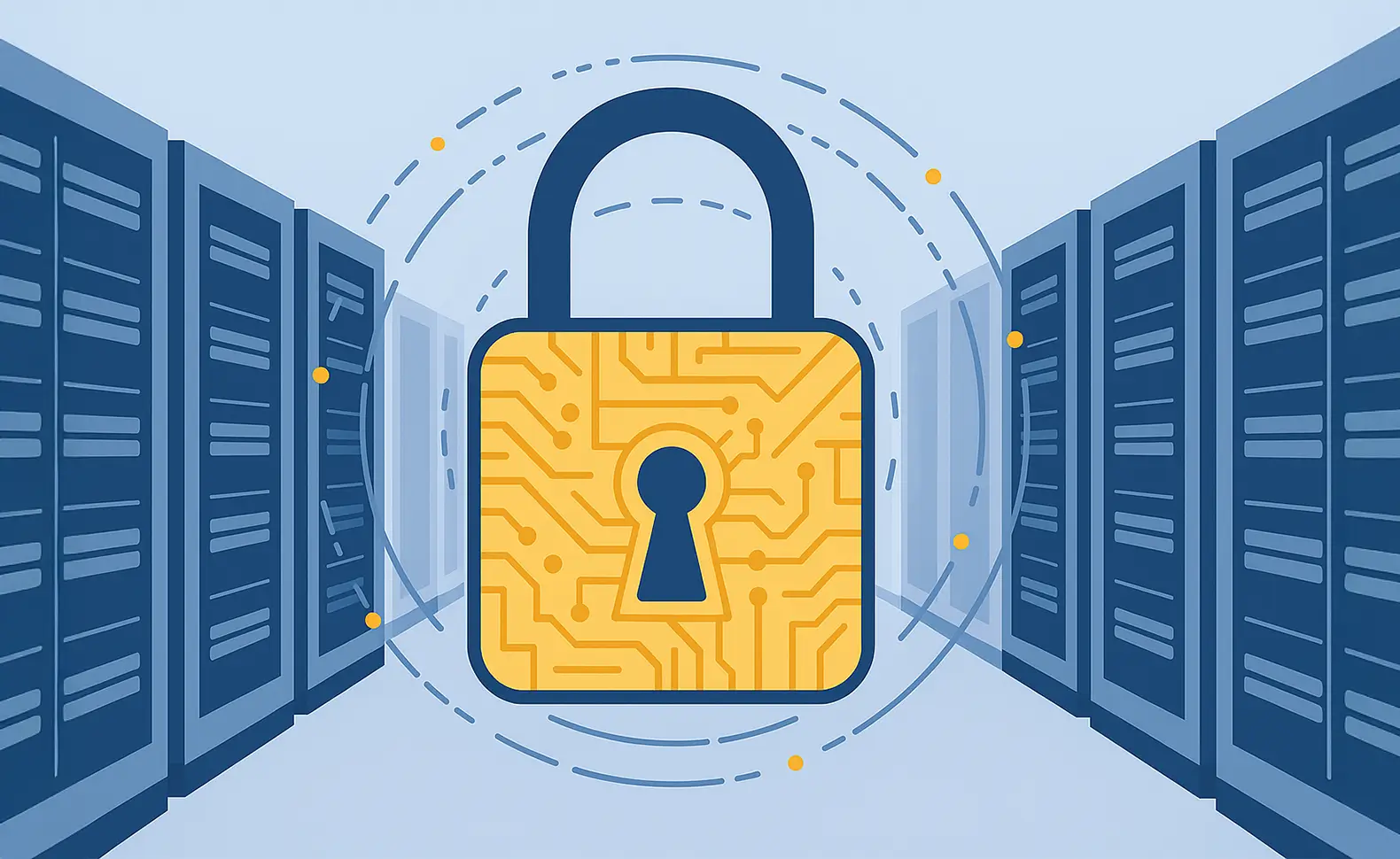The most important thing in brief:

What is a BSI ISMS?
A BSI ISMS (Information Security Management System) is a systematic approach to ensuring information security in companies and organizations. It is based on the standards and recommendations of the Federal Office for Information Security (BSI). The aim is to sustainably protect the confidentiality, integrity and availability of information through organizational and technical measures.
The basis of the BSI ISMS
The Basic IT protection The BSI is a comprehensive, field-proven set of rules for establishing an ISMS. It takes into account not only technical aspects, but also personnel, organizational and infrastructural risks. The structure is based on four standards:
- BSI standard 200-1: Basics of ISMS, responsibilities, management.
- BSI standard 200-2: Assessment of protection requirements and appropriate insurance models (basic, standard and core protection).
- BSI standard 200-3: Risk management, threat analysis, and protective measures.
- BSI standard 200-4: Emergency management to ensure business-critical processes.
Why is an ISMS in accordance with the BSI standard necessary?
Statutory and normative requirements
For many companies, a ISMS mandatory. These include in particular KRITIS operators, organizations with personal data (GDPR) and companies seeking ISO 27001 certification. The BSI IT basic protection can serve as the basis for a corresponding audit.
Other relevant requirements:
- NIS2 Policy (from October 2024)
- EU DORA regulation for the financial sector (from January 2025)
- IT Security Act 2.0
Practical benefits
A specific example shows how important such a system is: A medium-sized company fell victim to a targeted ransomware attack overnight. The entire production was at a standstill, servers and databases were encrypted, communication was no longer possible. cause? A well-thought-out ISMS was missing. A current risk analysis, clear responsibilities or documented assessments of protection requirements? Bad news. It is precisely such scenarios that make it clear that an ISMS in accordance with the BSI standard is not an option but a necessity.
A ISMS creates clarity in complex IT environments, ensures documented responsibilities and proactively minimizes risks. In addition, security gaps are identified, processes optimized and internal and external audits are simplified.
How do you implement a BSI ISMS?
Step by step towards safety
- Initial analysis & project planning: Which IT structures exist? Who is responsible? Which goals should be achieved?
- Set up IT documentation: Without structured information, there are no effective protective measures. Tools such as Docusnap provide the necessary basis for this.
- Protection needs analysis & risk assessment: Systematically assess threats using BSI standards 200-2 and 200-3.
- Implement & review measures: Organizational and technical.
- Establish emergency management: Create emergency handbook, communication plans & recovery strategies based on BSI standard 200-4.
- Prepare certification (optional): According to ISO 27001 or BSI certificate.
What needs to be considered during implementation?
- Involve top management: An ISMS is a top priority.
- Ongoing care instead of a one-off measure: Information security is a continuous process.
- Staff awareness: Awareness training is mandatory.
- Keep IT documentation up to date: This is the only way to identify weak points and changes in good time.
The role of Docusnap in ISMS according to BSI
A structured, always current IT documentation is the basis for a successful BSI ISMS. Our Docusnap software provides decisive support here:
- Agentless inventory: Capture hardware, software, users, and permissions automatically
- network and Permission analysis: Visualize your IT structure and identify critical paths
- IT emergency planning: Automatically generate emergency manuals and recovery plans
- Report generation: Provide audit-proof reports for audits and audits.
With these functions, Docusnap provides the perfect basis for all phases of a BSI-compliant ISMS — from inventory to ongoing maintenance.
Conclusion: IT security requires a system — and the right basis
An ISMS in accordance with the BSI standard is not a theory, but a lived practice against real threats. In times of cyber attacks, increasing compliance requirements and complex IT landscapes, a BSI ISMS the central component of sustainable information security.
With a solution such as our Docusnap software, which combines IT documentation, analysis and emergency planning in one system, companies create the ideal starting point. This minimizes risks, optimizes processes and meets legal requirements.
Lay the foundation stone now
Experience for yourself how easy it is to set up an ISMS in compliance with BSI. The free trial version of Docusnap provides you with the ideal basis for closing security gaps, analyzing protection requirements and meeting legal requirements.
Try it now for free!


